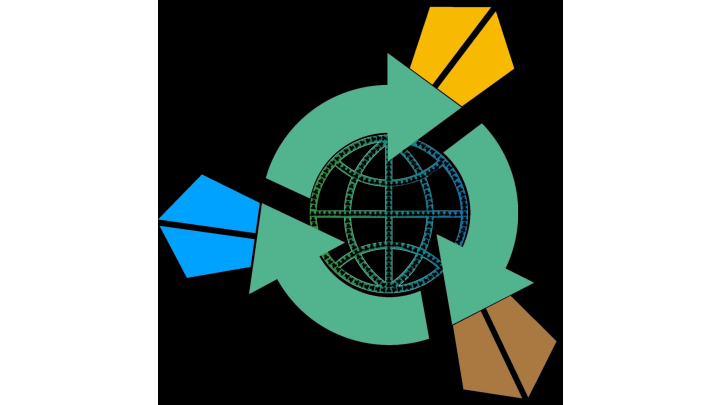 Certified Startup
Certified Startup
It is critical that the waste received at the facility is suitable for feeding to the larvae. A first step involves a control of the waste to ensure it contains no hazardous materials and no inorganic sub- stances. Further steps then involve a reduction of the waste particle size, has too high moisture and or a blending of different organic waste types to create a suitable balanced diet and moisture (70-80%) for the larvae.BSF Treatment plant This is where fidol from the rearing unit are fed with organic waste from pre processing in crates stacked vertically . Here, the young larvae feed on the bio waste, grow into large larvae and, thus, process and reduce the waste.Product Harvesting which is Shortly before turning into pre-pupae, the larvae are harvested by filtering manually or by machine .Larvae is then washed for sending it to market as live feed. A percentage of larvae is sent to black cage for next reproduction cycle.The rest of the residue is converted in to organic fertiliser